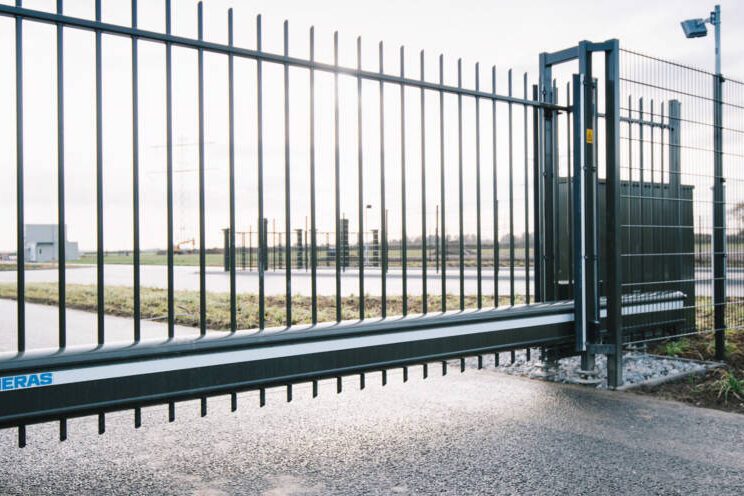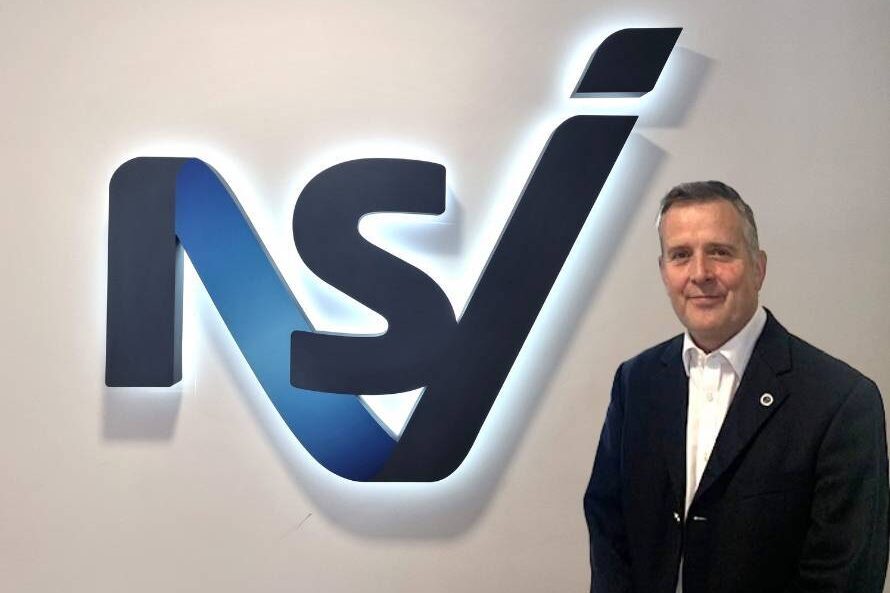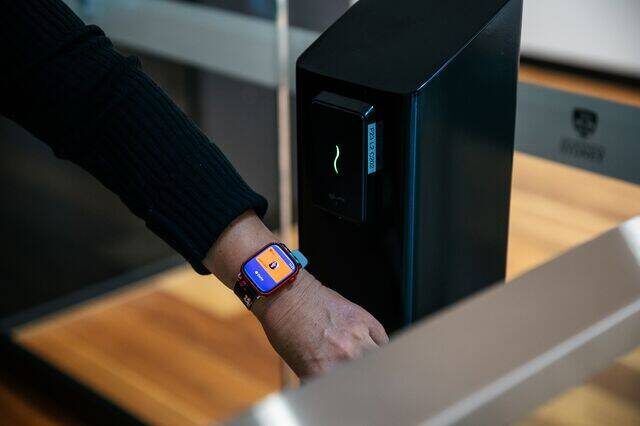 The ten ASEAN countries in southeast Asia face security challenges ranging from theft, kidnapping and violence to piracy, terrorism and IT crime. To achieve their economic potential, the ASEAN countries must deal with these security problems.
The ten ASEAN countries in southeast Asia face security challenges ranging from theft, kidnapping and violence to piracy, terrorism and IT crime. To achieve their economic potential, the ASEAN countries must deal with these security problems.
Despite positive economic predictions for the coming years, the ASEAN region continues to face a wealth of security challenges. At the recent 7th ASEAN Defence Ministers’ Meeting (ADMM) in Brunei defence ministers from across the region reaffirmed a commitment to work closely to address security challenges, including the emerging threat of cyber-security and trans-border crimes.
The ADMM framework covers five Experts Working Groups, covering maritime security, humanitarian assistance and disaster relief, peacekeeping operations, military medicine, and counter terrorism. In addition, a sixth on humanitarian mine action was added at the 7th ADMM.
H.E. Le Luong Minh, Secretary-General of ASEAN, has also met with Mike Smith, Executive Director of UN Counter-Terrorism Executive Directorate (UNCTED), to further links between the two groups and discuss ways to improve co-operation in a bid to develop counter-terrorism efforts in the region.
Terrorism has been rife in southeast Asia over the last two decades and attacks have hit the Philippines, Indonesia, Malaysia and Bali. Suicide bomb attacks on the Marriott and Ritz Carlton hotels in Jakarta, Malaysia, killed seven and wounded more than 50 in July 2009. And in October 2005 three suicide bombers killed 20 people in an attack on restaurants in Bali.
The 2005 attacks came three years after a high-profile attack in Bali that saw 200 people killed from 21 countries. Various members of Jemaah Islamiyah, a violent Islamist group, targeted two popular nightclubs on the Indonesian island. After the attack, a recorded message reportedly carrying the voice of Osama Bin Laden said the Bali bombings were retaliation for the Western war on terror.
The continuing militant threat in many countries comes as they continue to face profound changes, with violence and political strife meaning that security remains high on the agenda for governments and Western organisations operational in southeast Asia.
An example of the threats Westerners can face came in June, when 61-year-old Brit Malcolm Primrose was kidnapped in Indonesia. He was working as a drilling supervisor for Indonesian energy company Medco Exploration and Production in the resource-rich northern Sumatran province of Aceh. The strongly Muslim area has a history of conflicts and violence and Primrose was kidnapped by a gun-toting gang while travelling from Medco’s oil-drilling site in Blang Simpo to Seumali village. He was later released after his captors dropped a ransom request but the ambush still highlights the dangers for foreigners working in the region.
As well as threats on land, there also remain challenges at sea. Troubles in the South China Sea saw ministers at the ADDM support a commitment to work actively with China to develop a new code of conduct for peace and stability in the South China Sea.
Piracy
The issue of piracy remains a problem in southeast Asia right to the present day. Attacks off Asian ports and inside the region’s waters – primarily the South China and the Malacca Strait – have been commonplace and, despite local and international initiatives to reduce incidents, attacks are still occurring.
Steven Jones, maritime director at the Security Association for the Maritime Industry (SAMI), confirms that piracy in South-East Asia is “still a problem” that affects the shipping industry and businesses operating around the globe.
“As law enforcement efforts wax and wane so too do the levels of attacks. Areas such as Bangladesh, Indonesia, Malacca Straits, the Singapore Straits and South China Sea often experience attacks,” he said.
“These vary in scale and scope from opportunistic robbers targeting ships at anchor, through to gangs armed with guns, knives, or machetes attacking vessels during the night, and attacks launched from boats on passing ships.”
The latest figures from the Regional Cooperation Agreement on Combating Piracy and Armed Robbery against Ships in Asia (ReCAAP) showed that piracy and incidents of robberies at sea fell in southeast Asia in the first-quarter of 2013. It reported 28 incidents, of which 27 were actual incidents and one attempted, compared to 38 in the first quarter of 2012 and 48 from the same period in 20111.
While these figures paint an optimistic picture, ReCAAP did warn that incidents at ports and anchorages in Indonesia saw more incidents during the first quarter in 2013 compared to the same period over the previous three years.
Also, while incidents on the South China Sea, the Straits of Malacca and in Singapore are shown to be following a downward trend from 2010, the total number of figures reported in 2012 was still higher than in 2008 and 2009, which ReCAAP claims proves there is “no room for complacency”.
SAMI analysed data from ReCAAP, the International Maritime Bureau (IMB) and International Maritime Organization (IMO) to conclude there were 39 maritime security incidents reported across southeast Asia in the first quarter of 2013. It states the figures “suggest that the pirates are holding their own and are able to maintain a steady and consistent threat”.
Jones said: “At a most basic level it appears that two fundamental types of piracy have developed in SE Asia: these include crimes of opportunity where vessels are boarded and the pirates make off with whatever isn’t bolted down (sea-borne muggers).
“Meanwhile, there is a more sinister, violent form of piracy which sees planned raids in which pirates seem to be party to information concerning ships, their routes and cargoes.
“Organised crime continues to be an increasing part of the piracy problem. According to the IMO, a number of Asian crime syndicates with mafia-style organisations in Indonesia, the Philippines, Hong Kong and mainland China have enough transnational sophistication to make money from high seas piracy on a regular basis.”
In major criminal hijacks, organised criminals can steal cargoes and create ‘phantom’ ships complete with new names, papers and identities. In such attacks the ship’s crew are often disposed of in a violent manner and replaced by the hijacker’s own personnel.
While such attacks appear on the wane in the region, they have not completely been eradicated. In early 2013 the Malaysian-registered tanker ‘Zafirah’ was hijacked in the South China Sea, its name changed and its crew cast adrift and left to die.
Innovation
Innovative security developments are spreading throughout the region, such as those planned for the Safe City Test Bed, spearheaded by the Singapore Ministry of Home Affairs (MHA) and Singapore Economic Development Board (SEDB). Devised to establish and showcase innovation in safety and security, four consortia led by Accenture, AGT International, Cassidian and NEC Asia Pacific were selected to participate at the end of May.
Through the Test Bed, the Singapore government aims to build up the safety and security industry in the country and tap into the high growth potential in the region. By leveraging the expertise and resources of private sector companies it aims to promote innovation across the industry through the demonstration of new solutions which meet the complex security challenges of urban environments with high population density and an increased volume of incidents.
The results and experiences learnt through Singapore’s Safe City Test Bed is to be shared at the World Cities Summit 2014 and could provide insight and analytics on how further cities across the ASEAN region can develop their urban management and public safety policies over the coming years.
Gian Yi-Hsen, co-director of the safety and security industry programme office at SEDB, said: “Beyond improved urban management, the creation of new solutions and innovation capacity will generate new economic activities and create good jobs for Singaporeans in the technology-intensive safety and security industry.”
Cassidian states the Test Bed will see development and live testing of innovative technologies and advanced analytics, such as video content, e-sensing and smart city sensors. Situational awareness and urban management will be optimised by advanced video, audio, data fusion and modelling technologies.
The information garnered from the project will aid relevant authorities to manage complex public safety and security challenges encountered by cities with high population densities, as well as helping to drive new worldwide standards in safety and security operations. The Test Bed in Singapore will be representative for other cities across southeast Asia and the innovations showcased could easily spread across the region in the near future.
Cassidian said: “The government assisted test bed programme for Safe City Singapore enables companies like Cassidian, NCS and suppliers to use Singapore as a unique ‘Living Laboratory’, to collaborate creating concepts and solutions which can be commercialised on an industrial scale given the growing demand worldwide for urban security solutions. This is an unique situation which will lead to smart technologies to establish new ways of industrial collaboration, paradigms on interagency coordination and automated processes that traditionally require tedious work and thus will drive new standards in safety and security operations with wide public-private application.
“The fast growing economy in Singapore is representative for other regions in southeast Asia, facing similar needs, as urbanisation drives needs for improved public services including safety and security for its citizens. Singapore’s Ministry of Home Affairs and the SEDB are at the cutting edge setting up the Safe City Test Bed and Centre of Excellence to develop solutions that can benefit not only southeast Asia but as well for other fast growing hubs worldwide.”
A report on the southeast Asia video surveillance market by IHS Research, published in November 2012, claimed that emerging markets such as Vietnam and Indonesia are set to see continued growth in investment in infrastructure and industry development over the coming years.
For example, Vietnam was predicted to be the fastest-growing market in the region for video surveillance between 2010 and 2015 as the nation aims to be an industrialised and modernised country by 2010. Together with continued investment, the reduction of import tax has also had a profound effect on global companies entering the security sector in Vietnam.
The report’s authors cited the areas of transportation, energy, irrigation and urban development projects as the “highest priorities” for increased surveillance required over the coming years. A project including new road construction – about 600 kilometres is planned by 2015 – the upgrading of railways and a development of several international airports are all predicted to create a “huge demand” for security products and systems.
The situation in Vietnam could be mirrored across southeast Asia and similar booms in video surveillance is likely to spread throughout the region, while the reduction of some red tape, which has previously hindered importers, is opening up the region’s markets to global security players.
Overall, the projections show the ASEAN region is likely to continue embracing innovative and ground breaking technology over the coming years. As investment increases at a domestic level and cities continue to face a range of security challenges, the markets will grow and opportunities created for global security companies. Governments face huge pressures to improve safety in cities, and at sea, and that means modern security technologies are going to play a huge role to protect people and assets throughout the region. However, as often is the case, while there are opportunities there also remains some degree of uncertainty, as high-profile threats from terrorism and piracy continues to linger over southeast Asia.
LINKS
Security Association for the Maritime Industry (SAMI) – http://www.seasecurity.org/
Regional Cooperation Agreement on Combating Piracy and Armed Robbery against Ships in Asia – http://www.recaap.org/
Singapore Test Bed – http://www.edb.gov.sg/content/edb/en/news-and-events/news/2013-news/four-consortia-selected-for-singapore-safe-city-test-bed.html









